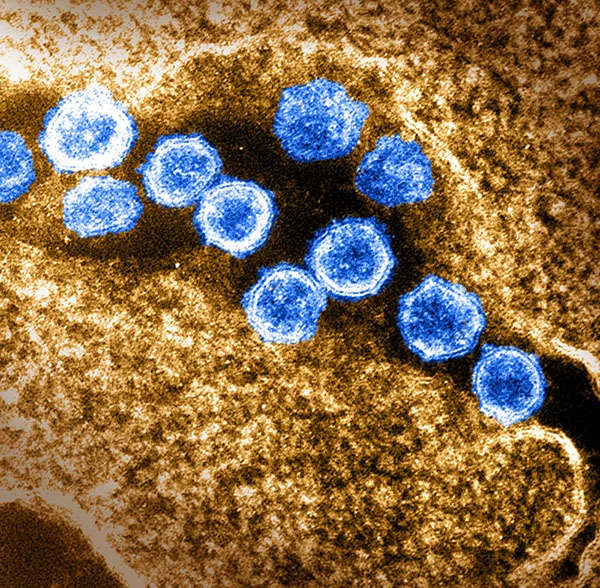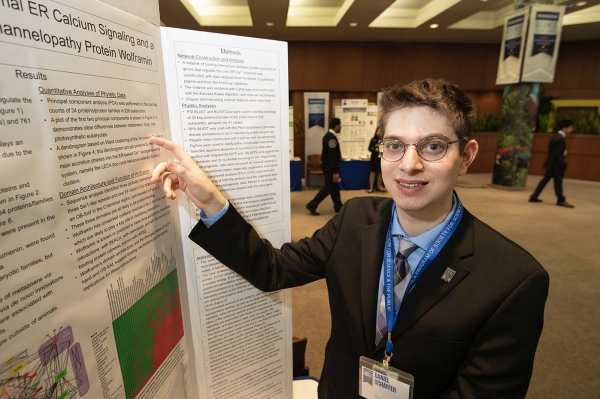IRP’s Eugene Koonin Elected to National Academy of Medicine
Scientist Decoded DNA to Build a Genomic Tree of Life
In 1973, the geneticist Theodosius Dobzhansky wrote a now-famous essay that declared, “Nothing in biology makes sense except in the light of evolution.” That sentiment has served as the guiding principle for the career of IRP senior investigator Eugene V. Koonin, Ph.D., who was elected to the National Academy of Medicine (NAM) in October 2022 for his contributions to the field of evolutionary biology.
Dr. Koonin’s pioneering efforts to identify clusters of similar genes found in different organisms passed down by a common ancestor — known as ‘homologous’ genes — has helped to unlock the secrets encoded in DNA and create a foundation for the systematic study of how genes evolve and function. His lab at the National Library of Medicine’s National Center for Biotechnology Information (NCBI) uses a combination of genomic sequencing and mathematical modeling to compare genes across species and determine how they work and where they came from. From this information, his team can develop a systematic framework to show the relationship between genes as they evolved. It’s like drawing the tree of life, but on a genomic scale.






